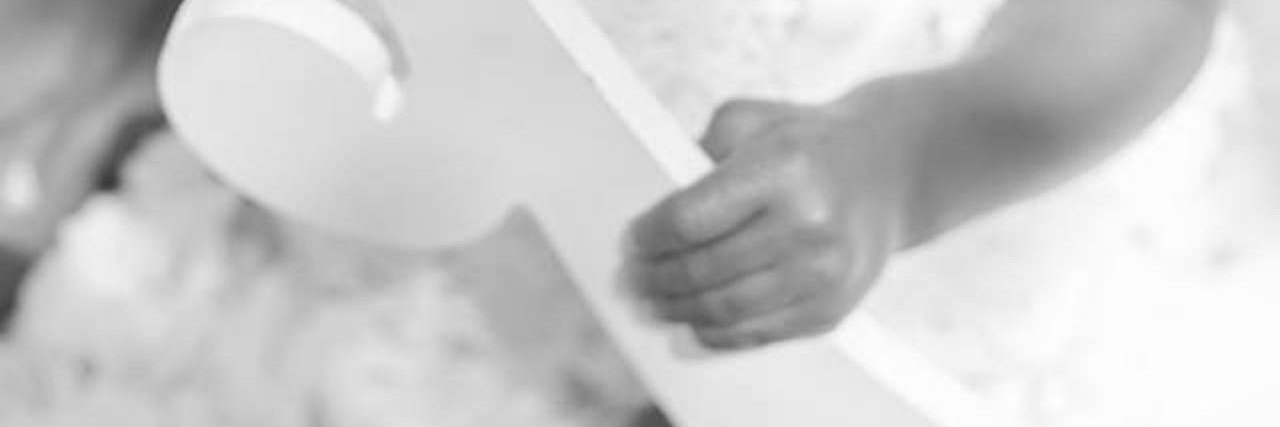
A year ago I was on maternity leave with my new baby girl. She was three weeks old. I was officially a mom of three. I would soon return to my full-time job in law enforcement. Life was good. Happy marriage. Beautiful children. Nice house. A dog. Two trucks and a car. We were living the “American Dream.” I had no way of knowing then, but my life was about to change in a big way.
Fast forward to three months later. I get a call at work. The baby had some labs drawn and some of the results might be abnormal. They need to us to come into the office. We go into the pediatrician’s office the next day, and told her liver levels are high, her bilirubin is elevated and her spleen is enlarged. What? They tell us that we need to take her to the children’s hospital. Now.
We get to the hospital and they admit her for observation. And the wait begins. Over the course of the next week, we meet doctors, nurses, surgeons. She undergoes CT scans, more blood work, a liver biopsy. The diagnosis? We find out that she suffers from a rare liver disease. Our sweet baby girl. Oh God, oh God, oh God. This can’t be happening.
But it is happening. Biliary atresia. It occurs in 1 of every 10,000 infants. It’s a rare disease of the liver in which the bile ducts inside or outside the liver don’t have normal openings, or don’t exist at all. Because of this, bile does not flow properly and remains in the liver which causes cirrhosis. It is the leading causes of pediatric liver transplants. There is no cure.
The next day we release our tiny baby girl into the arms of surgeons for a major surgical procedure called a Kasai. Her bile ducts were removed and a piece of her small intestine was attached to her liver in an attempt to restore bile flow and prevent further cirrhosis. The ideal time to have that surgery is 12 weeks and under. She was 14 weeks at the diagnosis. She comes out of the surgery well, but we’re told there is still a chance it won’t be successful in the long run.
And just like that, two weeks after our world fell apart, we’re home. Shell shocked. Every cough, sniffle, sneeze, sends us into a panic attack. We have doctor appointments twice a month to monitor her liver function. Even a cold could be life threatening. Over the next few months she’s hospitalized twice for an infection called cholangitis. Sleepless nights. Depression. Anxiety. We’re on an emotional roller coaster.
Next come the monthly doctor visits with the gastroenterologist. Monthly visits turn into biweekly visits. Biweekly visits turn to weekly. Finally, we get the news the Kasai has failed. Our daughter needs a liver transplant. Without one, she’ll die. We break down. We pray. We rage. Why? Why are you doing this to us? Please, please! Let us have her. How do we come to terms with something like that — knowing there is a chance our child may not have a chance to grow up? That she may be taken from us before she even has a chance to live?
Finally, nearly 10 months later, our life is almost “normal” again. Our daughter just celebrated her first birthday. We still haven’t come to terms with it yet, and I don’t think we ever will.
But I can tell you what we do.
We fight and we love. As hard as we can. Every. Single. Day. We take every single moment and make it special. We spend as much time together as we possibly can. We hold onto our faith. We celebrate every day.
Most importantly, we live.
Follow this journey on Southern Moca Mommy
The Mighty is asking the following: What’s one thing you thought on the day of your or a loved one’s diagnosis that you later completely changed your mind about? Check out our Submit a Story page for more about our submission guidelines.

